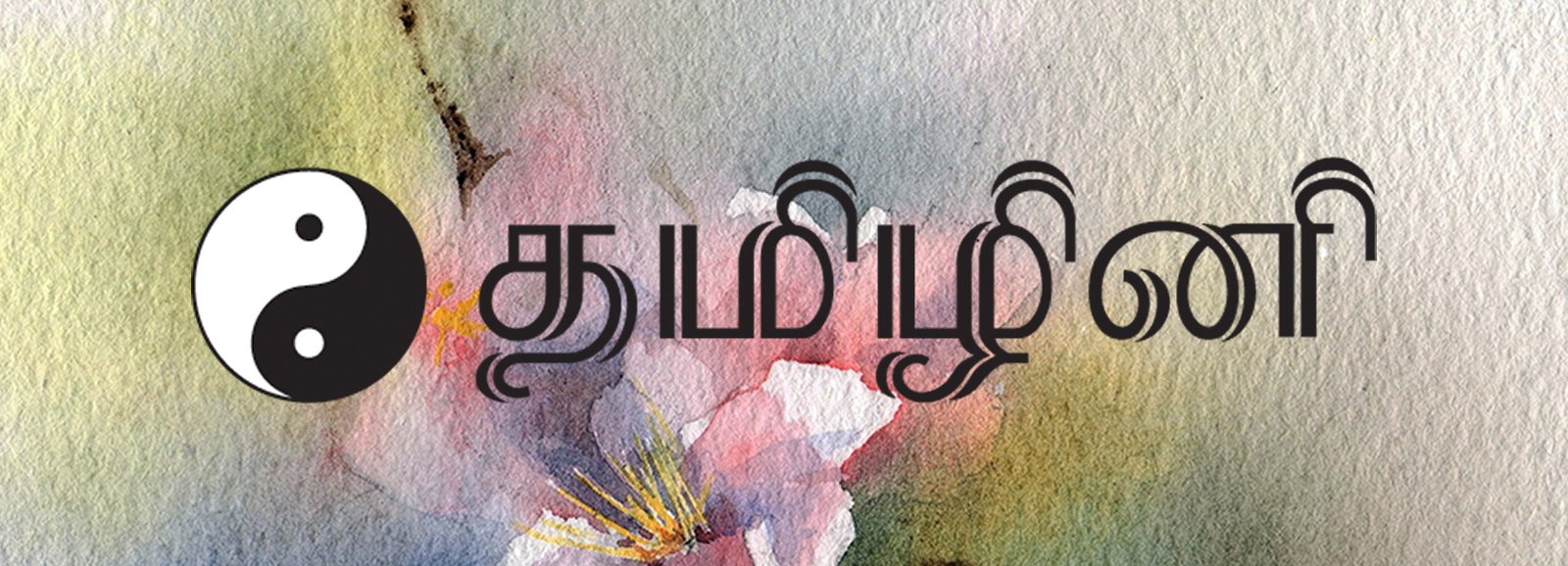Introduction
Part 1 of this article discussed a few general, conceptual differences between the theater and cinema. Now, in Part 2, let’s examine some specific, technical differences.
Specific, technical differences
On the operational level, several differences exist between theater preparation and acting, on the one hand, and cinema making, on the other, and in this section, I will be touching on some of them, specifically in terms of the tools available, methods used, and practices followed in the process of fashioning the cinema product:
- Coping with fragmented vs. continuous performance experience
- The luxury of multiple takes vs. the kindness of a forgiving audience
- The convenience of dubbing the dialogs separately
- The psychological impact of image size, camera angle, and camera movement
- The synthesis of meaning: editing, juxtaposition, Kuleshov effect, and the intellectual montage
- The enhancements: chroma keying, computer graphics and special effects, and post-production corrections
Coping with fragmented vs. continuous performance experience
While in a theater play, there is greater continuity of performance experience—the actor acts relatively more continuously at a stretch, staying in character for extended lengths of time, at a time, as he or she is expected to be in character for the duration of a scene, at a time, and sometimes, a scene extends for half an hour, the length of long short films—acting for films requires the actor to stay in character for the length of a shot, which typically ranges from several seconds to a few minutes, at a stretch.
While the former requires stamina to stay anchored in character, the latter requires stamina to keep switching in and out of character. Developing stamina for acting in one medium does not automatically develop stamina for the other.
In cinema, because there is no natural continuity of performance experience, it becomes the actor’s responsibility, primarily, to mentally hold the thread of continuity—in terms of emotionality, more than anything else—that keeps together the fragments of performance so that the performance looks seamless in the edited product.
The luxury of multiple takes vs. the kindness of a forgiving audience
When you watch a movie, remember that you are watching a compilation of only the best takes from among all the attempts to get a shot right—good, bad, and ugly!
Isn’t this somewhat like the story in which a singer was greeted with “Encore!” multiple times for the same song, and when he, visibly overwhelmed, asked to know if the audience liked his rendition so much that they kept asking for one more time, someone in the audience burst his bubble by saying, “No no, we’ll make you sing it again and again until you get it right.”
Extended to its logical conclusion, and drawing a parallel to the infinite monkey theorem, it is tempting to wonder occasionally whether, given enough number of takes, anyone can almost surely perform well in a shot.

Well, that’s admittedly an extreme hypothesis, but the point here is that knowing that one could make use of another take, just in case, results in a vastly different mental make-up than that of the theater actor, who is acutely aware of the importance of having to attempt to be infallible but is yet also accepting of his or her own inescapable vulnerability in front of an audience.
On the other hand, a different kind of challenge stares the film actor in the face, literally—the unforgiving camera. The theater actor might, on occasion, get away with a less-than-inspired performance, especially with a forgiving audience, and forget the night’s performance, wake up the next morning, and start afresh. Acting for camera doesn’t come with such allowances: If the best out of your umpteen takes for a shot includes a moment of insincerity, it has been captured practically for eternity to embarrass you forever!
The convenience of dubbing the dialogs separately
Once upon a time, an overeager middle-aged man went to learn Carnatic music. He had quite a few inhibitions about whether he would be able to learn an art from at an advanced age. His music teacher reassured him that he could take a week of free classes and then based on his own assessment of whether and how well he could cope with the complexity of the preliminary lessons, he could sign up for the long term. Our man attends a week of free classes and goes back to the teacher and reports innocently: “Sir, I think I can continue. Everything seems fine so far except one little thing. The lessons so far involved both singing the notes orally and keeping time by slapping on my thigh, for “thaalam” (a.k.a. “taal”). Doing both simultaneously is very confusing. Can I not first sing the notes and then put the thaalam?
The common practice, in cinema, of dubbing the dialogs separately feels equally absurd to a theater actor uninitiated into the medium of cinema. For an actor trained for stage, acting is a holistic experience, in which mind, body, voice, intellect, and emotion are all aligned and work in tandem to produce a performance that embodies an equivalent experience of an alternative life lived. And in life, thought, emotion, dialog, and action are normally inseparable and seamless.
But, we must remember that cinema, as discussed in Part 1, is a product medium, unlike theater. So, acting for cinema calls for an adjustment to the demands of the film-making process. One needs to develop the acumen required for precision emoting (as against the grand-scale, “exaggerated,” emoting required for the theater), not worrying much about voice modulation at the time of shooting (except in the case of movies that follow the synchronized sound recording process).
If approached correctly, this can be very convenient for actors in that this approach can provide so much mind space for the actor at the time of shooting, which can be used almost exclusively to first get the visual part right. With a similar single-minded focus, the dialogs can be “performed” separately later on.
The psychological impact of image size, camera angle, and camera movement
Three factors—image size, camera angle, and camera movement—play a pivotal role in demarcating the difference in acting required for cinema vs. theater. Let’s consider them now.
Image size
In the theater, the only difference in image size of the characters on stage, as perceived by the audience, happens to represent the difference between a 2000-rupee ticket and 300-rupee ticket in a 1000-seater auditorium like the Chowdiah Hall in Bangalore, whereby, the 2000-rupee patron sitting in the front row sees Naseeruddin Shah play life size on stage whereas the 300-rupee patron sitting in the last row sees the same Naseeruddin Shah as a stick figure far far away (except if the said 300-rupee patron happens to carry a pair of binoculars to the auditorium). This is also why theater works best on a smaller scale, for an audience not exceeding 400 in number per show.
In cinema, though, the image size can vary based on what the director wants the audience to focus on for any given shot. While in the theater everything is a long shot, in cinema, there are mid-length shots and close-up shots and even extreme close-up shots. Therefore, for an actor to deliver his or her responsibilities effectively for the medium of cinema, awareness of the image size, and thereby the frame, is important for every shot. There is no point acting with your whole body thrashing about with emotion when the frame is set tightly for your face in extreme close-up. Similarly, there is need to worry about whether you blinked or not in an extreme long shot.
While in the theater, strong psychological impact is created often by a measured combination of heavy-duty acting, appropriate lighting, and a suitable choice between silence and sound, cinema can sometimes achieve this by varying the image size alone. An extreme close-up shot of an expressionless face is sometimes enough to make the viewer feel a certain way, as much as a long shot showing a silhouette against a picturesque landscape can take the viewer’s breath away.


It is not an exaggeration to say, hence, that the perfectness of the designed “image,” as such, is more important than any organic “acting,” in the traditional sense of the word.
Camera angle
While in the theater, the angle of viewing is fixed, the fact that in cinema, the camera can peep into an action from a variety of angles sets the director free to show the story from various perspectives, literally, evoking in its wake a variety of psychological effects in the viewer’s mind. For example, the same subject can be depicted as a hero and a coward when shot from a low angle and a high angle, respectively.
An actor on stage will have to bring about a significant portion of such psychological effects in the audience purely through his or her acting prowess, but the same actor will likely end up being accused of overacting if he or she, without understanding the power and impact of camera angles, offers the same kind of “theatrical” acting for camera.
Just to illustrate the psychological impact of camera angles, in the following photos, the second train, captured from a lower camera angle, somehow feels more menacing, doesn’t it!


Camera movement
The film camera does not only have the freedom to be placed in a variety of angles to the subject of the shot; it also enjoys a range of movements across three axes: It can tilt up or down, mimicking the sizing-up look of a human; it can pan left and right, as if in circumspection before crossing a busy road; it can zoom in and out, as if peering into someone’s soul! And what’s more, the director of a film—of course in consultation with the cinematographer—also employ a variety of combinations of these tricks to arouse unique psychological feelings in the viewer’s mind.
The camera lens can even produce effects that are normally impossible for regular human vision, for example, the dolly zoom effect. Here’s an interesting video essay on the topic:
An actor who understands such possibilities, limitations, and requirements that characterize each medium can subtly tweak his or her performance according to the medium.
The synthesis of meaning: editing, juxtaposition, Kuleshov effect, and the intellectual montage
The earliest films were single-shot films, which just showed moving images, which itself was such a novelty for a world that had only seen still images, and these early films had no story to tell, or show.
However, as soon as editing evolved, narrative possibilities with multiple shots emerged, with meaning being generated through the juxtaposition of shots. Shots could be sequenced to not only advance the plot, taking the story forward, but also to expand and compress screen time, to show more than one action happening in parallel, and to deliver intellectual effects, such as irony and paradox.
Of particular interest to actors may be an editing phenomenon called “the Kuleshov effect.” Watch Alfred Hitchcock explain the Kuleshov effect in the following clip:
Thanks also to the meaning-making possibilities offered by way of juxtaposing shots to create intellectual montages, the film director, in collaboration with the cinematographer and the editor, can arrange the same shots of an actor’s performance in different ways to create a rich spectrum of possible meanings and artistic effects.
In fact, in cinema, it is quite possible for an actor’s performance footage to be used in the final product in entirely ingenious ways, as determined by the director, even unbeknownst to the actor, such as in the case of the climax sequence of the movie, “Vellithirai”:
The stage, by comparison, is the actor’s domain, almost out and out! Although the director is the captain of the ship throughout rehearsals, the theater director willingly transfers a good part of the responsibility to the actor shouldering the character when it is evident that, thanks to weeks and weeks of rehearsals, the character has begun to take root in the actor’s subconscious mind.
The enhancements: chroma keying, computer graphics and other special effects, and post-production corrections
Another specific area of difference lies in the area of technology-aided enhancements that are part of the movie making process.
In the theater, technology is used minimally and, that too, only for the duration of the show. In fact, the more the technology used, the less the glory to the actors and their performances.
Considering that today’s film-making practice tends to use chroma keying heavily, the aspirant film actor must learn how to act against a backdrop of a green mat, which in post-production will be replaced with a different backdrop. In this one area, actors trained in theater might fare well if and when they move to cinema because imagining backdrops and props and pieces of furniture (and sometimes even an audience) is something that theater actors are used to, not only as part of their rehearsal process but even as part of some forms or schools of theater, which demand the actor to exercise his or her imagination to great extents and then respond truthfully to those imagined circumstances.
Similar is the case with computer graphics and special effects. An actor who, as part of acting training, is trained in exercising his or her imagination can work better with the knowledge of how computer graphics and other special effects will augment the actor’s performance and may be expected to provide better results.
The film-making process also provides opportunities—in the form of post-production—for correcting, or at least cleverly hiding, a few lapses made at the time of shooting, which is the film actor’s actual performance experience. This is a luxury that is, of course, unavailable to the theater actor for the reason that there is no post-production! The live performance is it—good, bad, or ugly.
Conclusion
In this two-part article, I attempted to introduce the reader, who could be an acting enthusiast, to some of the important differences between two closely related yet also significantly different mediums of artistic expression, cinema and the theater. Along the way, I also pointed out to them the differences between acting for theater and acting for film so that they can then make informed choices about their further steps in their area of interest.
As I pointed out in Part 1, it is also totally possible that some could learn and master both the mediums—and both are fabulous in their own ways—and switch seamlessly between the mediums and shine in acting in both the mediums, if they could do justice to the demands of each medium as and when they are performing in it.
